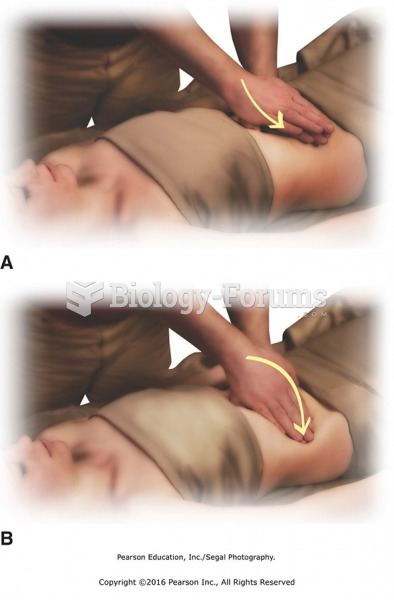|
|
|
This year, an estimated 1.4 million Americans will have a new or recurrent heart attack.
There are approximately 3 million unintended pregnancies in the United States each year.
An identified risk factor for osteoporosis is the intake of excessive amounts of vitamin A. Dietary intake of approximately double the recommended daily amount of vitamin A, by women, has been shown to reduce bone mineral density and increase the chances for hip fractures compared with women who consumed the recommended daily amount (or less) of vitamin A.
Women are two-thirds more likely than men to develop irritable bowel syndrome. This may be attributable to hormonal changes related to their menstrual cycles.
When intravenous medications are involved in adverse drug events, their harmful effects may occur more rapidly, and be more severe than errors with oral medications. This is due to the direct administration into the bloodstream.
 Psychoactive substances: (left) Psilocybin is obtained from a species of mushroom; (right) LSD is ...
Psychoactive substances: (left) Psilocybin is obtained from a species of mushroom; (right) LSD is ...
 Apply petrissage to center of abdomen. Place hands palm over palm in center of the abdomen. Create ...
Apply petrissage to center of abdomen. Place hands palm over palm in center of the abdomen. Create ...





